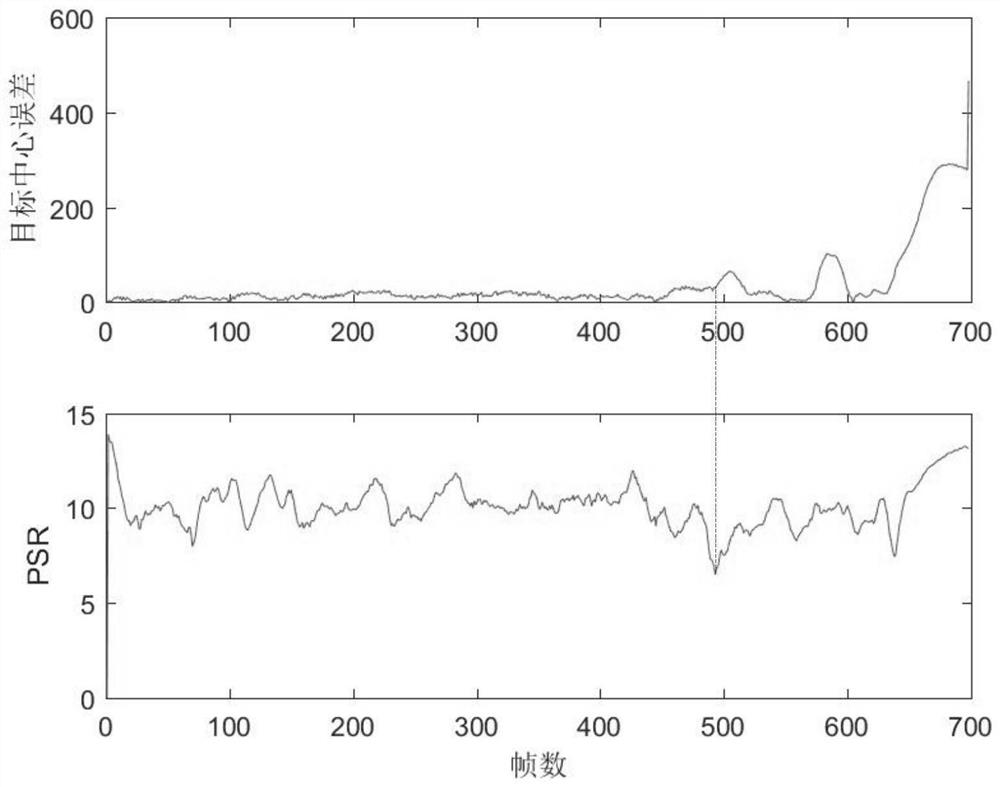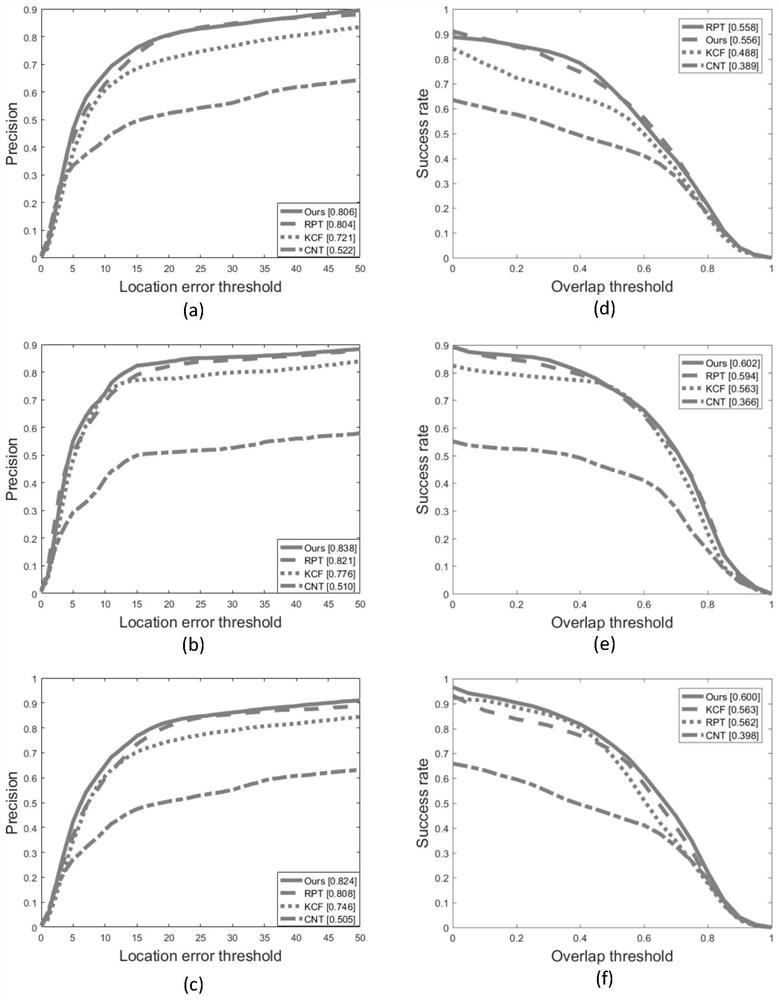A Residual Depth Feature Target Tracking Method Based on Drift Detection
A deep feature and target tracking technology, which is applied in the fields of image processing and computer vision, can solve problems such as poor effect, tracking speed that cannot meet the needs of real-time tracking, and limit the performance of traditional tracking methods, so as to achieve robust and accurate tracking of targets Effect
- Summary
- Abstract
- Description
- Claims
- Application Information
AI Technical Summary
Problems solved by technology
Method used
Image
Examples
Embodiment Construction
[0064] In order to make the object, technical solution and advantages of the present invention clearer, the present invention will be described in detail below with reference to the accompanying drawings and specific embodiments.
[0065] Such as Figure 4 It is a method frame diagram of the present invention, and concrete steps are as follows:
[0066] (1) Training residual deep feature network
[0067] For the entire network structure, see figure 1 , containing 4 convolutional layers, 2 fully connected layers and 1 residual structure. The specific operations included in Conv1 are convolutional layer → BN (Batch Normalization) layer → pooling layer. The convolution layer contains multiple convolution kernels, which can extract features from different aspects, and these features can distinguish the target most essentially; as the normalization layer of the network, the BN layer can normalize the output of the convolution layer, and can Speed up the training network, prev...
PUM
 Login to View More
Login to View More Abstract
Description
Claims
Application Information
 Login to View More
Login to View More - R&D
- Intellectual Property
- Life Sciences
- Materials
- Tech Scout
- Unparalleled Data Quality
- Higher Quality Content
- 60% Fewer Hallucinations
Browse by: Latest US Patents, China's latest patents, Technical Efficacy Thesaurus, Application Domain, Technology Topic, Popular Technical Reports.
© 2025 PatSnap. All rights reserved.Legal|Privacy policy|Modern Slavery Act Transparency Statement|Sitemap|About US| Contact US: help@patsnap.com



